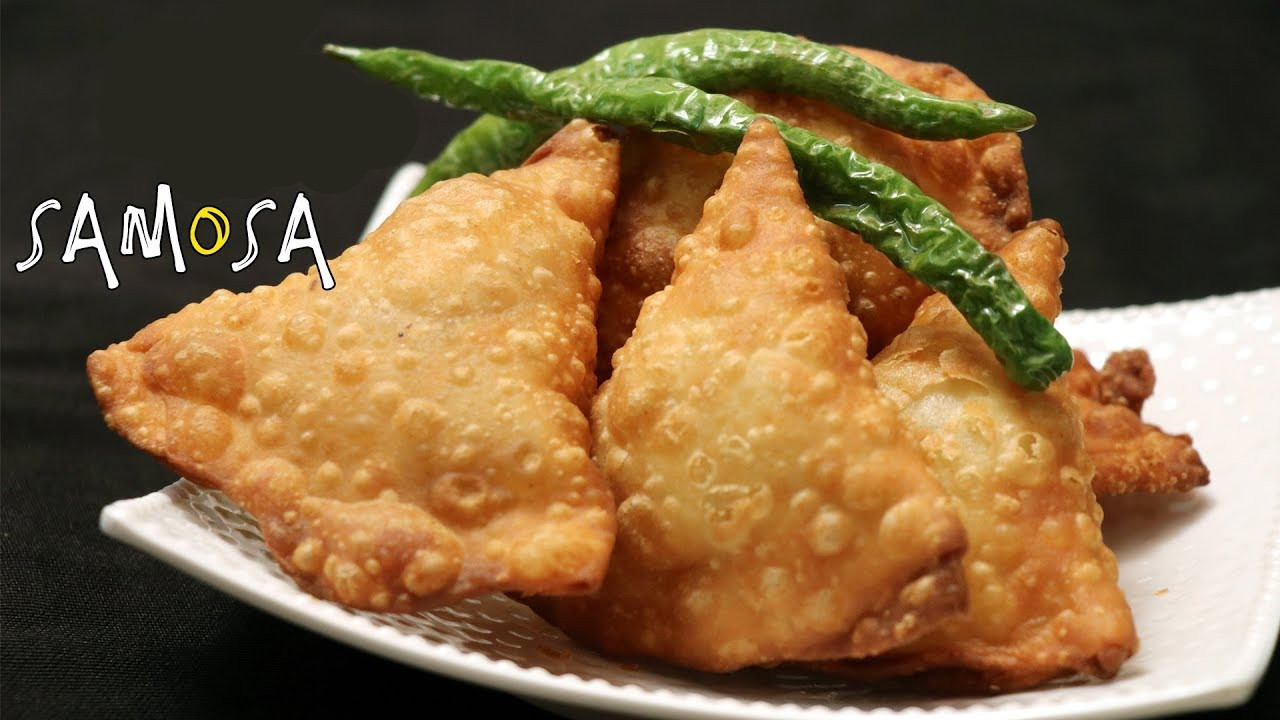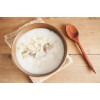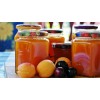How to make easy samosa? Samosa Recipe
A samosa is a fried or baked dish with a savory filling, such as spiced potatoes, peas. It may take different forms, including triangular, cone, or half-moon shapes, depending on the region. The Indian style, often accompanied by a chutney is probably the most widely-known of a broad family of recipes from Africa to China, which has origins in medieval times or earlier. Samosas are a popular entrée, appetizer, or snack in the local cuisines of the Indian subcontinent, Western Asia, Southeast Asia, the Mediterranean, the Horn of Africa, North Africa, and Southern Africa. Due to cultural diffusion and emigration from these areas, samosas in today's world are also prepared in other regions.
Both flat-shaped and full-shaped samosas are popular snacks in Bangladesh. A Bengali version of the full-shaped samosa is called a সিঙাড়া (shingara) and is normally much smaller than the standard variety.
Samosas are called singadas in the eastern zone of Nepal; the rest of the country calls it samosa. As in India, it is a very popular snack in Nepalese cuisine sell the dish in various markets and restaurants.
The types and varieties of samosa made in Maldivian cuisine are known as bajiyaa. They are filled with a mixture including fish or tuna and onions.
Samosas are called samusas in Burmese and are an extremely popular snack in Burma. The local equivalent of samosas in Indonesia is known as pastel, closer to Spanish empanadas style, i.e. not so much curry/spices flavor as it is lightly seasoned compared to Indian samosa that is richer in spices.
The light thin pastry is usually filled with vegetables, minced beef, chicken or shrimp, topped with slices of egg depending on taste, before deep fried to golden color. As customary this popular snack is enjoyed with green hot chili padi.
Sambucus is a staple of local cuisine in the Horn of Africa. Djibouti and Somalia, where they are known as Sambucus. They are traditionally made with thinner pastry dough, similar to egg roll wraps, and stuffed with ground beef. While they can be eaten any time of the year, they are usually reserved for special occasions.
Many middle eastern countries include samosas in their cuisine. People in Saudi Arabia, for example, enjoy this dish as an appetizer. In the Holy Month of Ramadan, many Arabs and Muslims eat samosas every day when they break their fast.
Samosa Recipe
For the pastry
130g plain flour
¼ tsp salt
½ tsp nigella seeds (optional)
2 tbsp neutral oil, plus extra to grease
For the masala
10g cinnamon sticks
1 tsp cloves
1½ tsp cumin seeds
3-4 small dried red chilies
For the filling
1 medium potato, about 175g
1 tbsp finely grated ginger
1 small green chili, finely chopped
1 tbsp neutral oil
½ onion, finely chopped
½ carrot, finely chopped
50g green cabbage, cored and finely shredded
40g peas
50g paneer, cut into small dice
Fine salt
Juice of ½ lemon
Small bunch of coriander, finely chopped
Neutral oil, to deep fry
- To make the pastry, put the flour in a large bowl and whisk in the salt and nigella seeds if using. Add the oil and rub in with your fingers, then gradually add just enough cold water to bring it together into a stiff dough – about 50ml should do it. Knead for about five minutes until smooth, then lightly oil, cover and set aside to rest.
- Put the potato, skin on, into a small pan, cover with cold, well-salted water, bring to the boil, then simmer until tender. Drain and mash. Meanwhile, toast the ingredients for the masala together in a hot pan until fragrant, then allow to cool and grind until you have a smooth powder. Mash the ginger and chili together into a paste.
- Heat the oil in a large frying pan over medium heat and fry the onion until soft and golden, then stir in the carrot, turn down the heat a little and cook for five minutes, then stir in the cabbage and cook until beginning to soften. Turn up the heat to medium-high and salt the paneer well, then add to the pan along with the peas. Cook for a couple of minutes, then stir in the ginger chili paste and half a teaspoon of the masala and cook for another couple of minutes, stirring. Stir in the potato and lemon juice and season to taste.
- Divide the pastry into 12 balls of about 18g each for small samosas, or 6 balls of about 35g for slightly larger ones, and put all but one under a damp cloth. Roll the ball out on a lightly greased surface to a circle about 18cm (10cm for small) in diameter and cut in half. Pick up one half, wet the round edge with water and form into a cone shape, overlapping the wet edge and pressing together to seal.
- Stir the coriander into the mixture, then fill the cones. Wet the top edge, pinch to close and fold over any remaining flap of pastry. Repeat with the remaining pastry, making sure each samosa is well sealed.
- Heat a deep frying pan with about 4cm of oil to about 175C/347F, or use a fryer. When the oil has come to temperature add a batch of samosas (don’t overcrowd the pan) and cook until golden brown, turning as necessary. Scoop on to paper towels and serve immediately.
Reference:
https://www.theguardian.com/lifeandstyle/wordofmouth/2015/nov/26/how-to-make-the-perfect-samosas
Related Articles
Search
Categories
Popular Posts

























Comments: 0
No comments